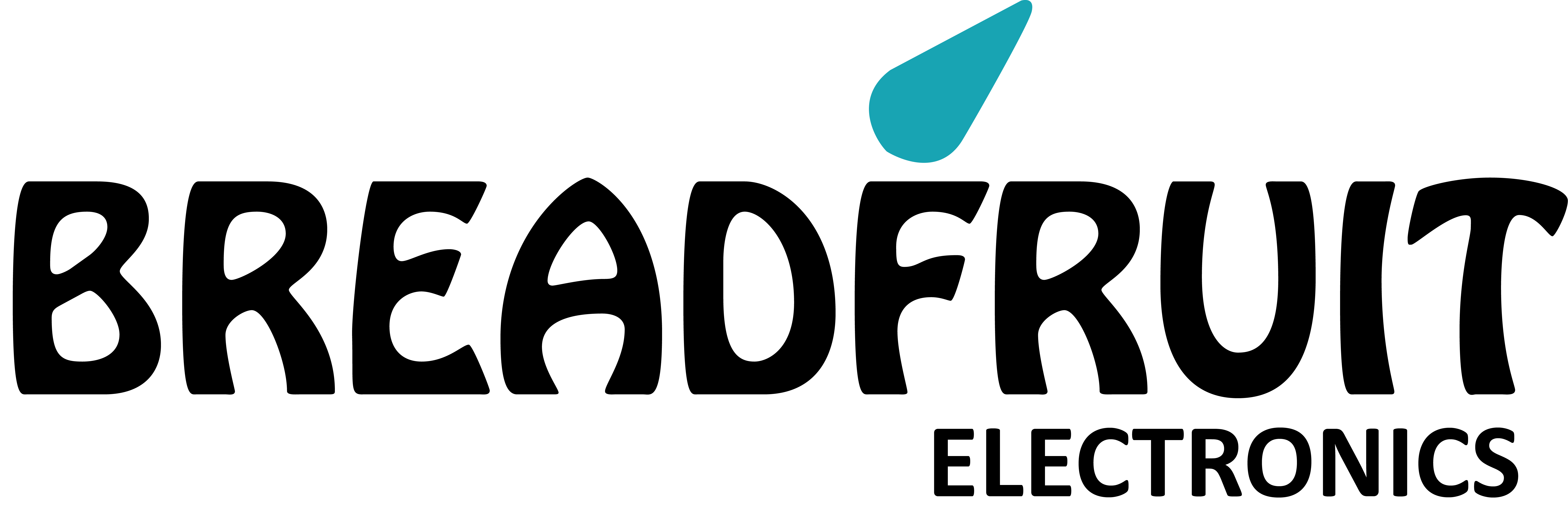The Arduino UNO is the perfect board for beginners who want to learn about electronics and programming. The UNO is the most sturdy board you may start with if this is your first time working with the platform. The Arduino UNO is the most popular and well-documented board in the Arduino family. The Arduino UNO is a microcontroller board that uses the ATmega328P microcontroller. It comes with everything you’ll need to get started with the microcontroller; simply plug it into a computer with a USB cable or power it with an AC-to-DC adapter or battery.
Pinout for the Arduino Uno

It has 14 I/O pins with 14 digits. 6-pins can be used as PWM outputs from these pins. This board has 14 digital input/output pins, six analog inputs, a USB connection, a quartz crystal (16 MHz), a power connector, a USB connection, a resonator (16Mhz), a power jack, an ICSP header, and an RST button.
PowerSupply
If an external power supply is not available, the Arduino can be powered through a USB connection. A battery or an AC to DC adapter is used for the outside power supply (6 to 20 volts). An adapter can be connected to the board by inserting a center-positive plug (2.1mm) into the power port. The battery connectors can be inserted into the Vin and GND pins. The following are the power pins on an Arduino board.
When the Arduino is powered by an external power supply, the input voltage or Vin is opposite to the volts from the USB connection or otherwise RPS (regulated power supply). This pin can be used to provide voltage.

- 5V: The RPS can be used to power the microcontroller and other components on the Arduino board. This can be accomplished by using a regulator to approach the input voltage.
- 3V3: The onboard regulator can create a 3.3 supply voltage, with a maximum draw current of 50 mA.
- GND (ground) pins: GND (ground) pins
- Memory: An ATmega328 microcontroller has 32 KB of memory (0.5 KB is used for the boot loader), as well as SRAM-2 KB and EEPROM-1 KB.
Input and Output: We already know that an arguing Uno R3 has 14 digital pins that may be used as inputs or outputs using functions like pin Mode (), digital Read(), and digital Write() ().
These pins operate at 5V, and each digital pin can send or receive 20mA. A 20k to 50k ohm pull-up resistor is included. The maximum current on any pin is 40mA, which must not be exceeded to protect the microcontroller from damage. Furthermore, certain of an Arduino’s pins have specific functions. - Serial Pins: TX (1) and RX (0) are the serial pins of an Arduino board, and these pins can be used to transfer TTL serial data. The ATmega8 U2 USB to TTL chip has equivalent pins that can be used to link these pins.
- External Interrupt Pins: The board’s external interrupt pins are 2 and 3. These pins can be configured to trigger an interrupt on a rising or falling edge, a low value, or a change in value.
- PWM Pins: Arduino’s PWM pins are 3, 5, 6, 9, 10, and 11, and provide an 8-bit PWM output using the analog Write function ().
- SPI (Serial Peripheral Interface) Pins: The SPI pins are 10, 11, 12, 13 and are used to maintain SPI communication with the help of the SPI library.
- A LED is incorporated into an arguing board and is connected to a digital pin-13. The LED will glow whenever the digital pin is high; else, it will not.
- TWI (2-Wire Interface) Pins: SDA or A4 and SCL or A5 are TWI pins that can facilitate TWI communication using the Wire library.
- AREF (Analog Reference) Pin: An analog reference pin is a voltage that is applied to the inputs of an analog i/ps using the analog Reference function ().
- The Reset (RST) Pin provides a low line for resetting the microcontroller, and it’s especially beneficial when utilizing an RST button near shields that would obstruct the one over the Arduino R3 board. SPI, I2C, and UART serial communication are among the Arduino Uno’s communication protocols. The transmitter digital pin1 and the receiver digital pin0 are used by an Arduino Uno. UART TTL serial transmission is the most common application for these pins. For I2C communication with the wire library, an Arduino UNO board uses an SDA pin otherwise an A4 pin & an A5 pin an SCL pin. Both the SCL and SDA are CLK and data signals in this case. MOSI, MISO, and SCK are the three pins used in SPI communication.
- MOSI (Pin11): This is the pin’s master out slave (MOSI), which is used to send data to the devices.
- MISO (Pin12): This pin is a serial CLK, and the CLK pulse will synchronize the master’s transmission.
- The CLK pulse (Pin13) synchronizes the data transfer generated by the master. For SPI communication, equivalent pins with the SPI library are used. The ATmega microcontroller can be programmed directly with the boot loader using ICSP (in-circuit serial programming) headers.

